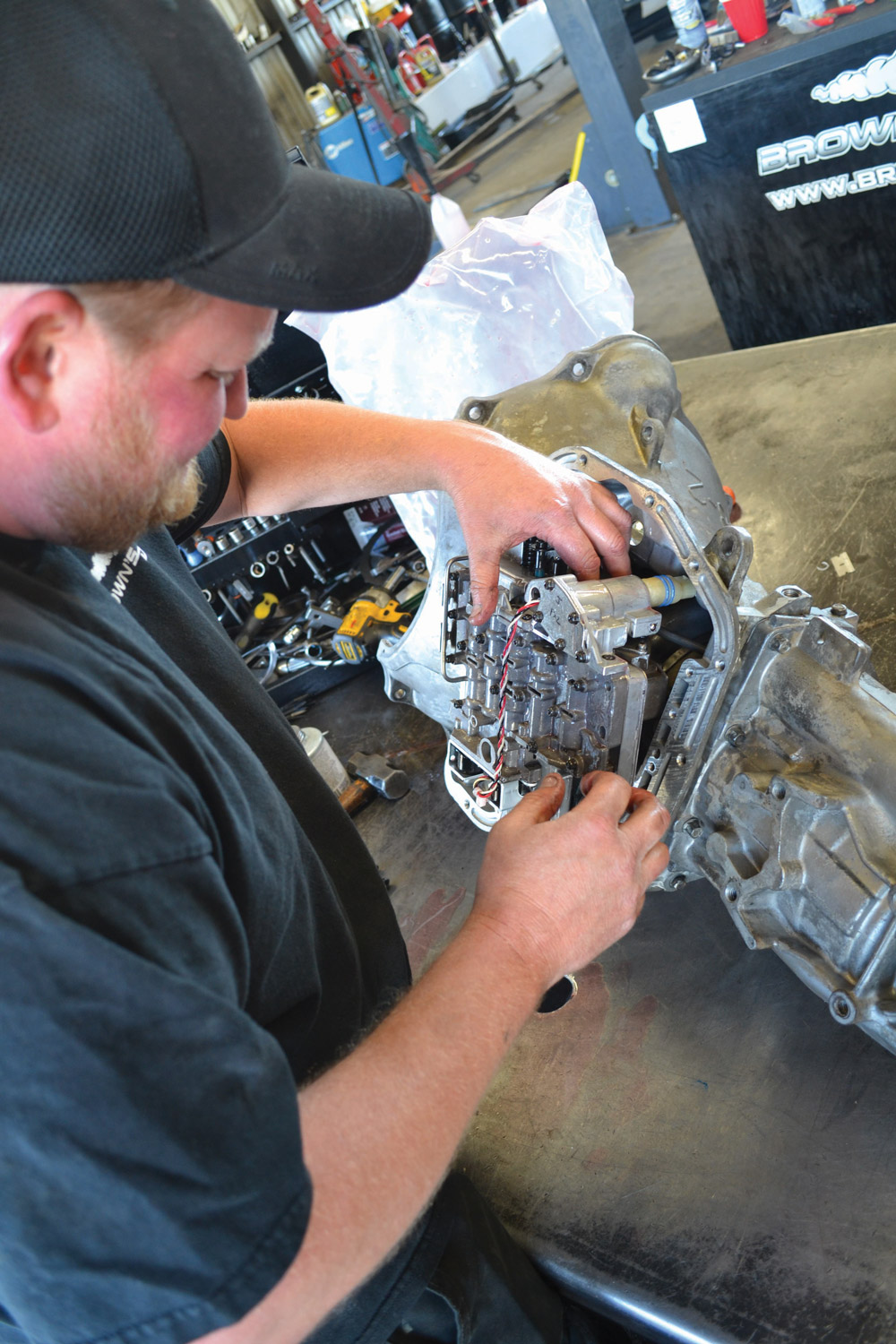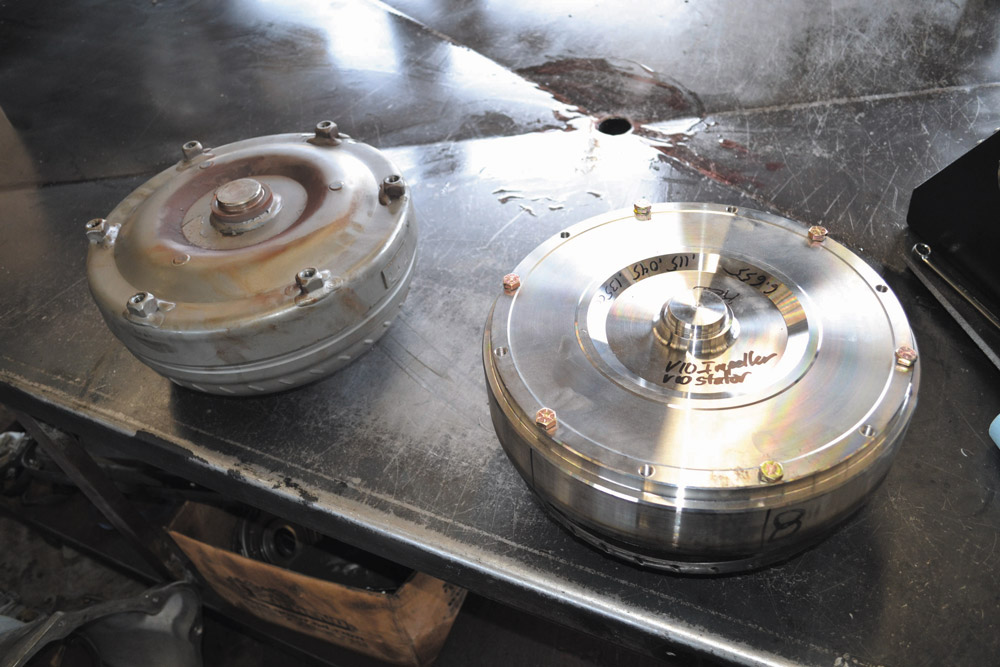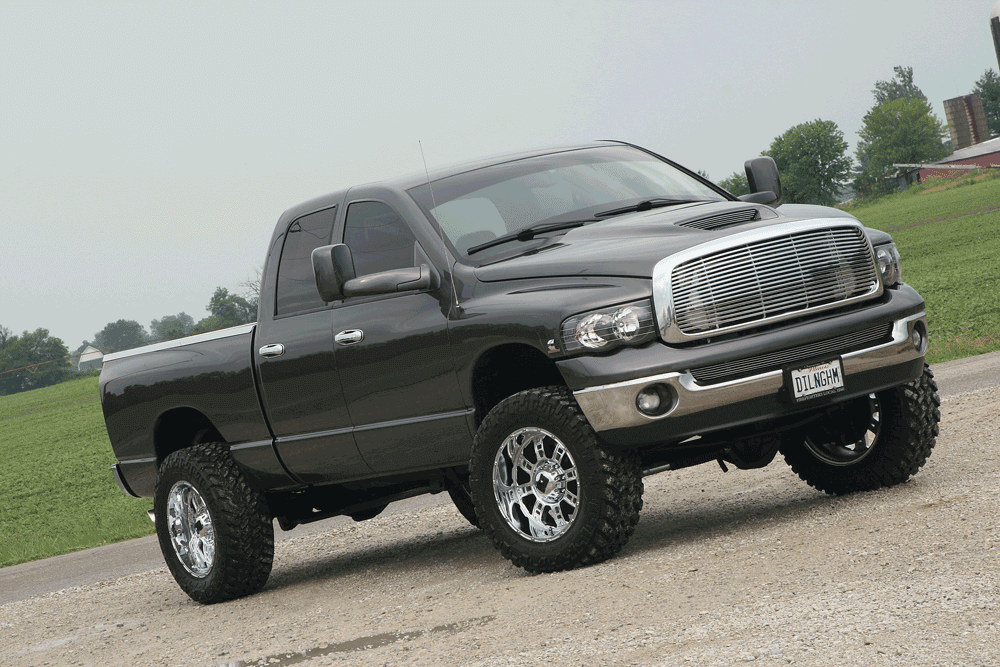Bulletproof Your Dodge Transmission
Brown’s Diesel and Goerend Transmission Build a Race-Ready 47RH Four-Speed Automatic
It’s no secret that diesel engines can handle stupid amounts of power. But transmissions? Not so much. The 47RH four-speed in our ’95 Dodge was based on an original 727 muscle car transmission (’89 to ’91 Dodges actually had 727 three-speeds), except the 47 Series has an overdrive gear along with a lock-up converter. This gave Dodge diesels a whole new rpm range as well as lock-up for better mileage and increased power to the ground. The 47RH is a solid piece, and that reliability extends to the later 47RE and 48RE models found in ’96-’07 Dodges.
With a factory power rating of 160 hp and 400 lb-ft of torque, the Dodge four-speeds have to be fairly strong, not for the horsepower rating, but rather the torque. This means that with tricks like increased line pressure, the torque-handling capability can be bumped even higher. Converter clutches can only handle so much power, so new triple-disc converters were developed by aftermarket suppliers. Then came billet shafts, Alto clutches, and other goodies. Some transmissions can handle 1,000 hp and 2,000 lb-ft of torque. This is the type of transmission we’d be building.






For help with supporting our massive power goals, we turned to Brown’s Diesel in Riverdale, California, and Goerend Transmission in St. Lucas, Iowa. Although it seems unlikely, a cross-country partnership has been established for more than a decade between Goerend, who builds the valvebodies and converters, and Brown’s Diesel, who installs them. In addition to drag racing diesels, Brown’s has built transmissions for sled pulling, off-roading, and sand drags, which makes getting down the dragstrip seem simple in comparison.
Our plan for the transmission started at the back of the engine, where the flexplate (which commonly breaks at 400 to 500 hp) will be replaced with a stronger one. Next up, we will add a triple-disc torque converter, which will be stronger, feature a billet front cover, three clutch discs, and different internals to allow it to stall at around 2,500 rpm. This will make the engine quick to get up on boost, even with larger turbos. A billet (usually 300m steel) input shaft will be used, as will aftermarket intermediate and output shafts, because the truck will see hard usage. Finally, the valvebody will be reworked by Goerend, and the transmission will be assembled with tricks and extra clutches at Brown’s Diesel.
While Dodge transmissions aren’t cheap (base towing rebuilds at Brown’s start at around $5,200 installed), when it’s all finished, we’ll have a hell of a piece. Need to tow 20,000 pounds? No problem. Headed to the dragstrip? That’ll be fine, too. This transmission will be able to handle anything we can throw at it. When you’re trying to make 1,000 hp, that’s exactly what you need.




































